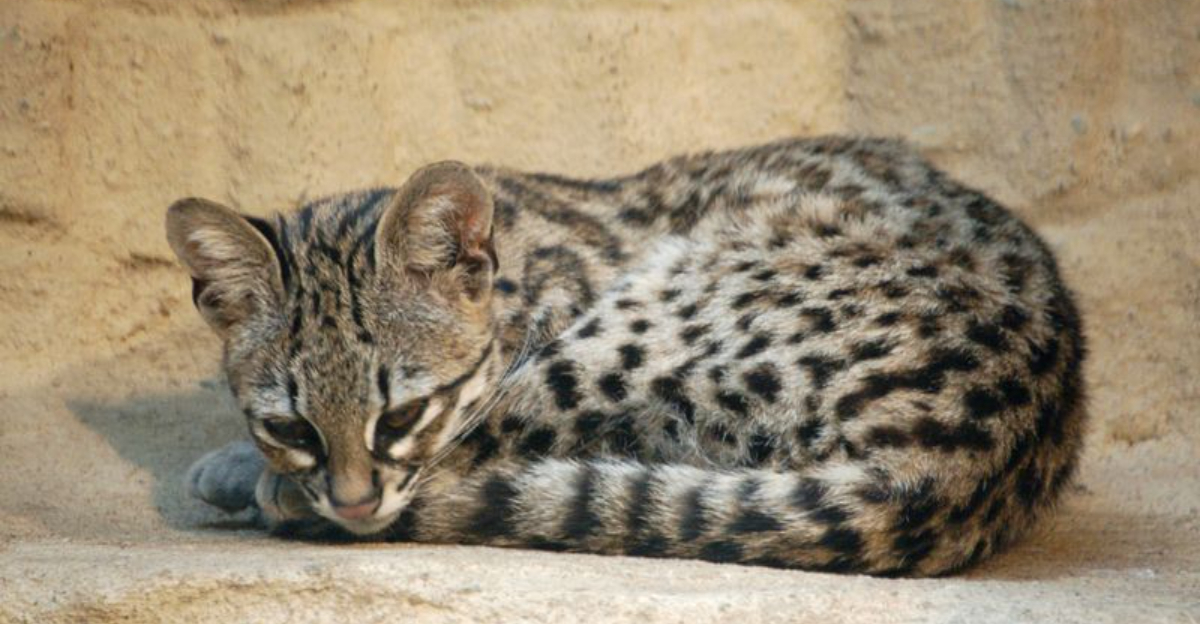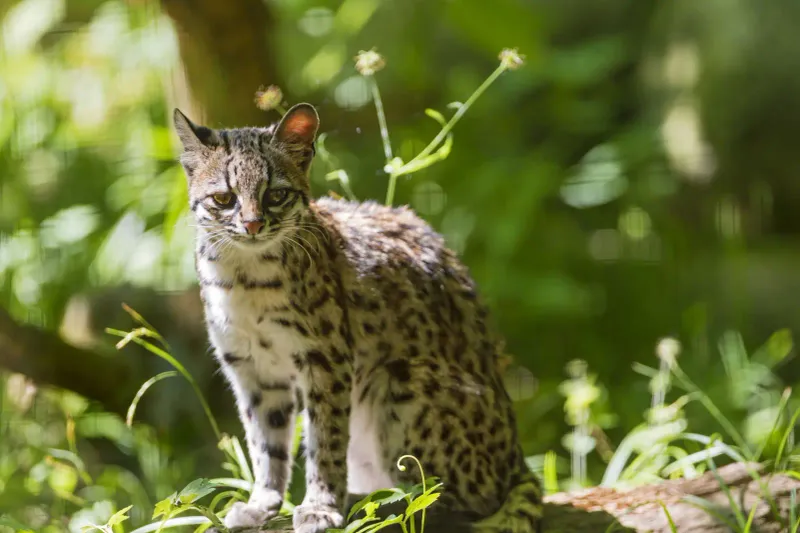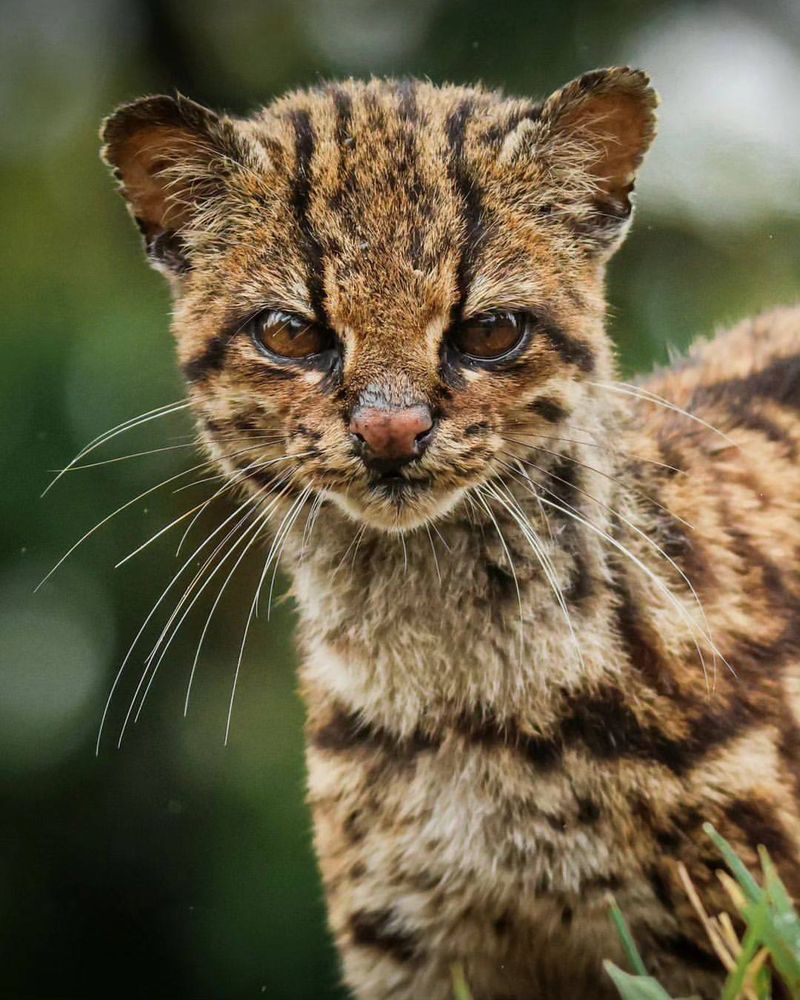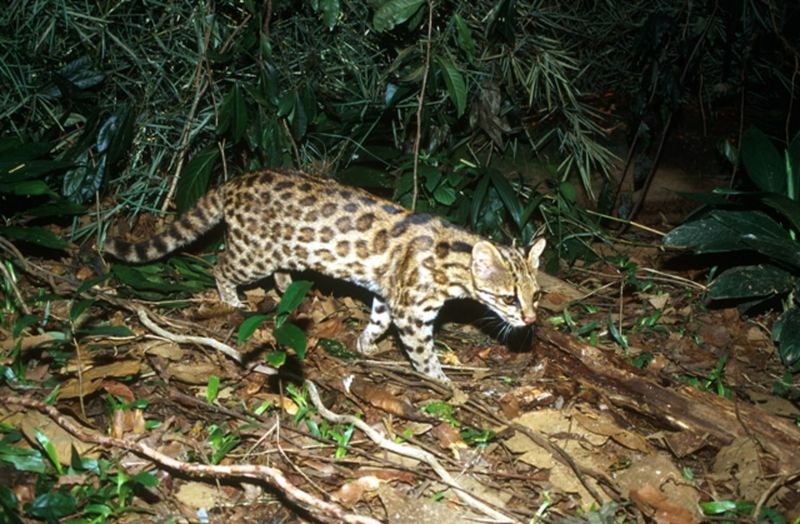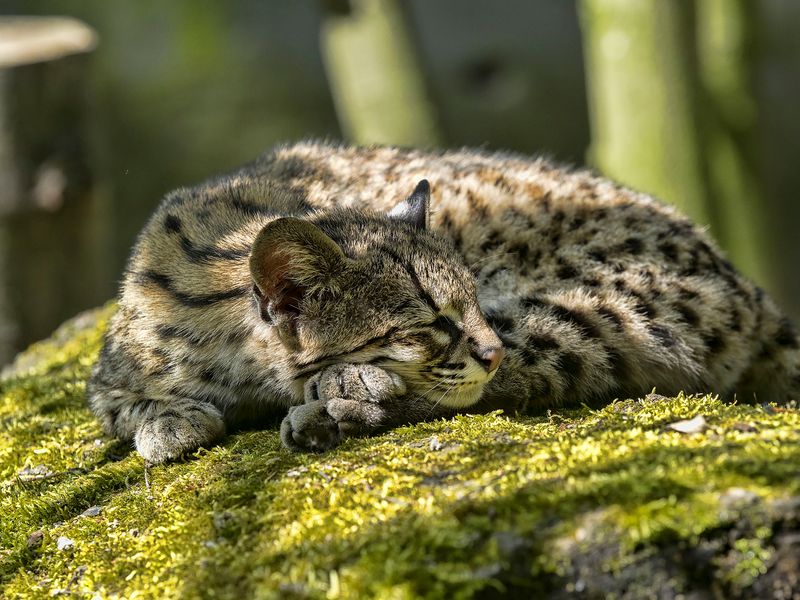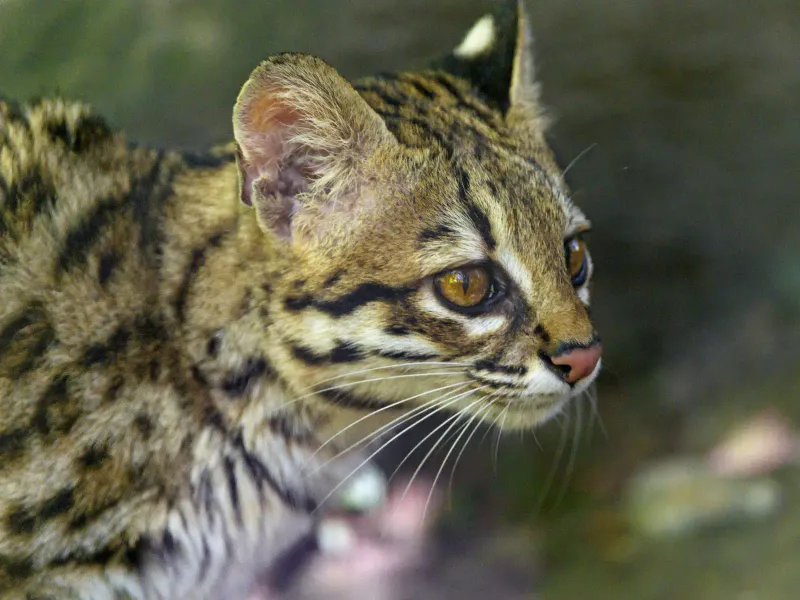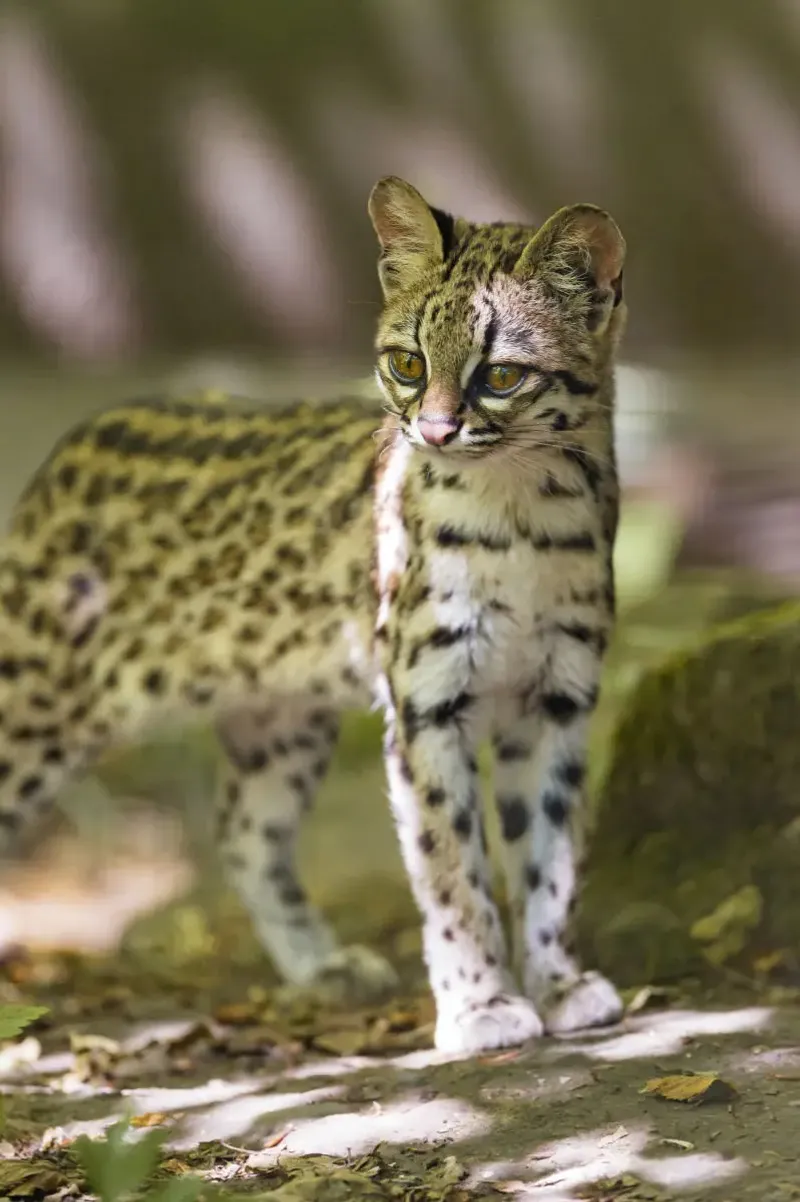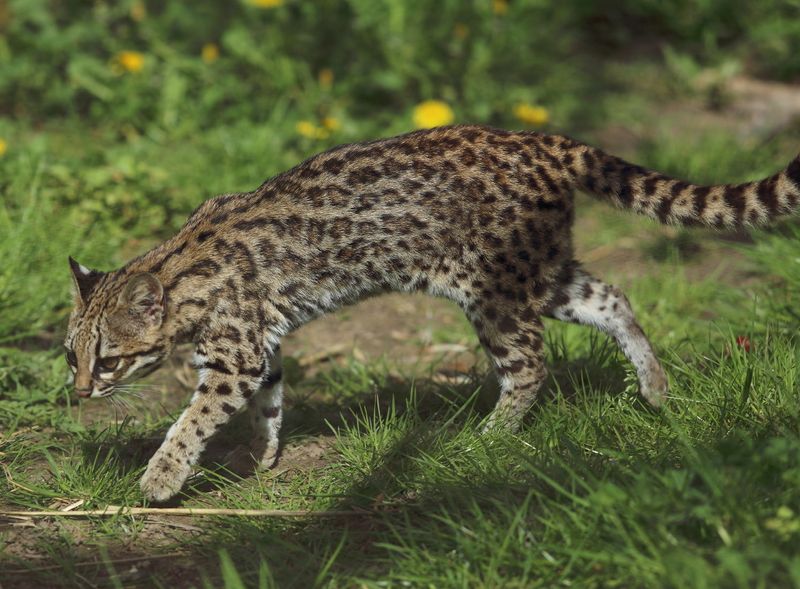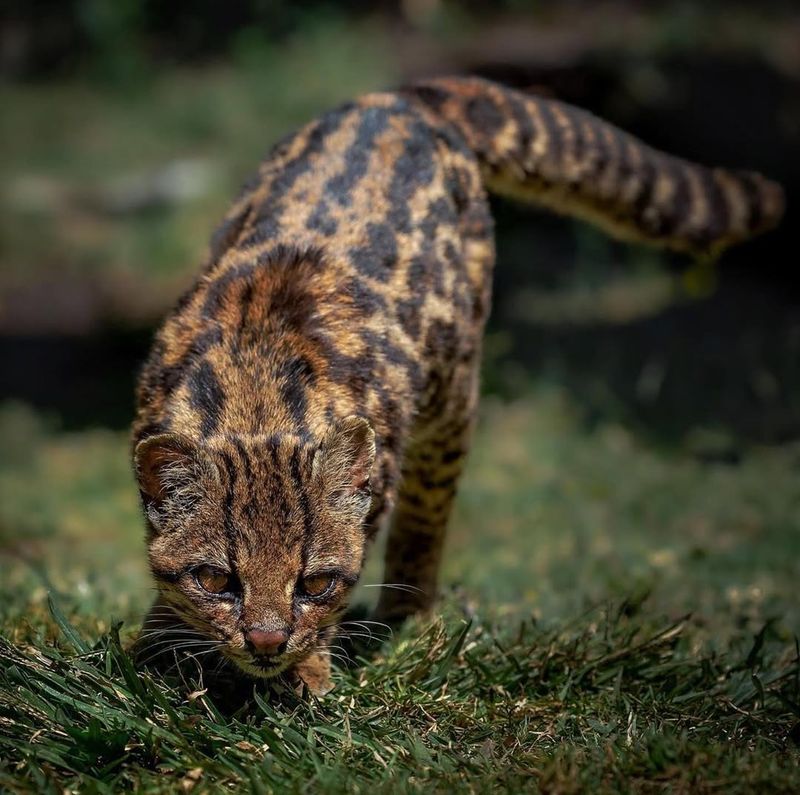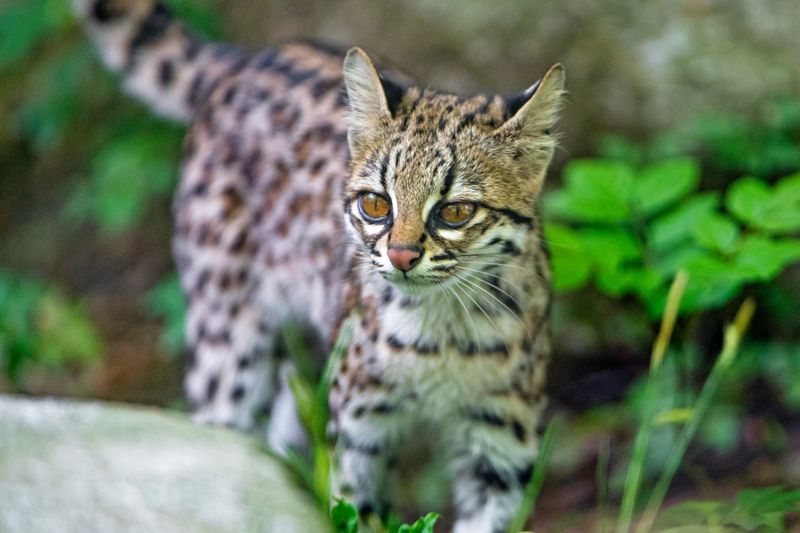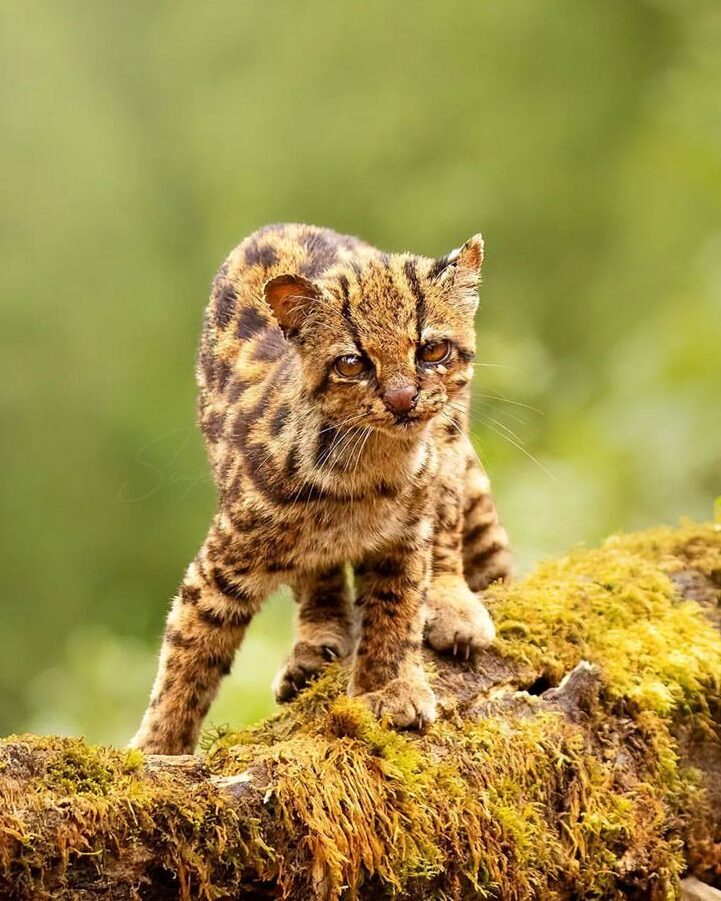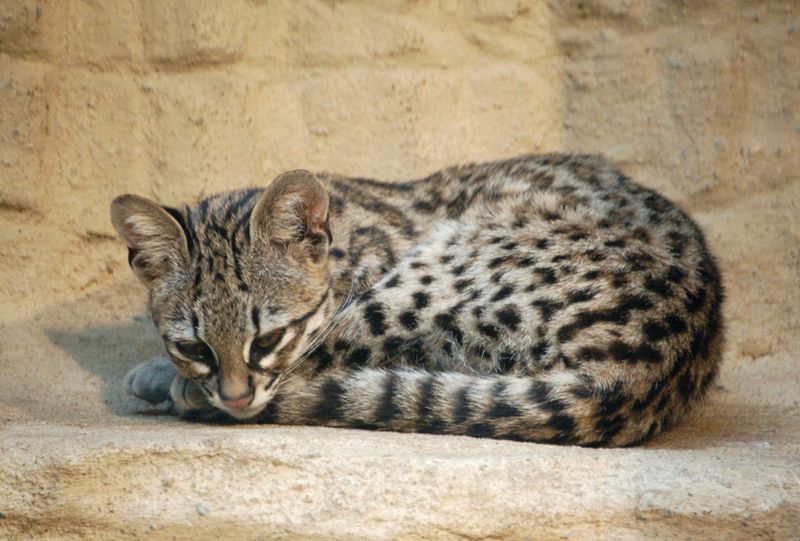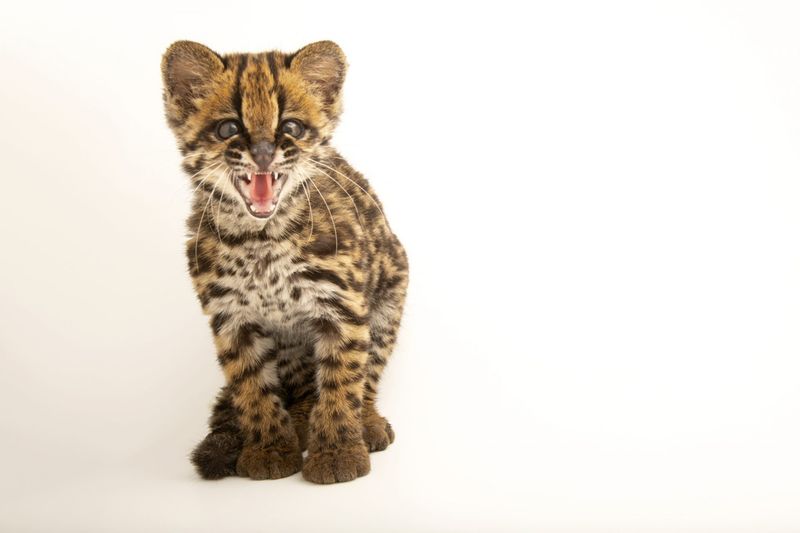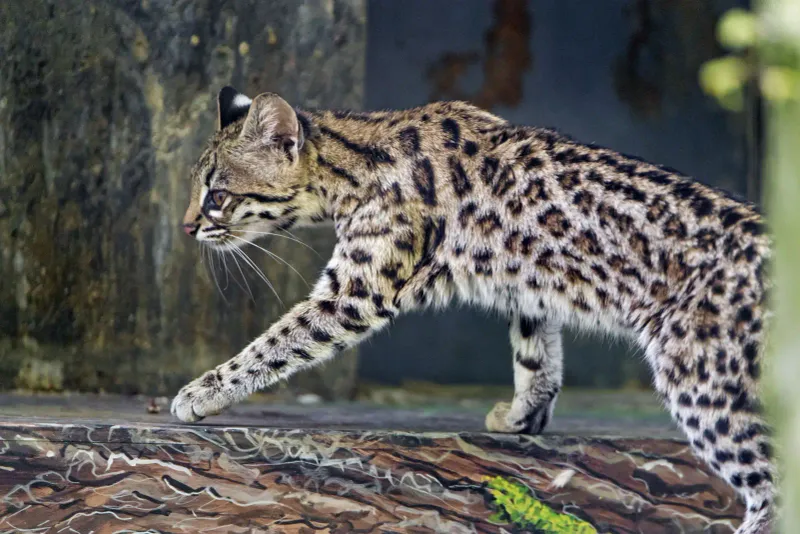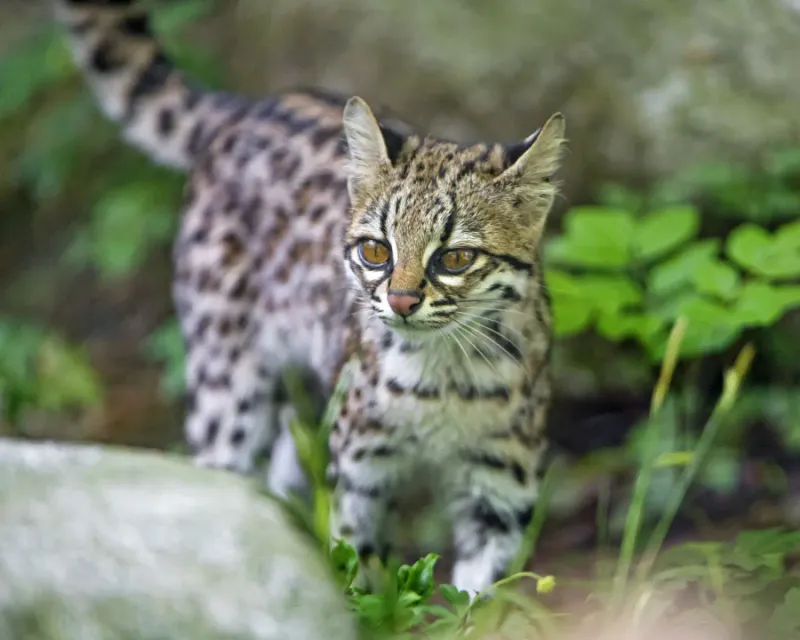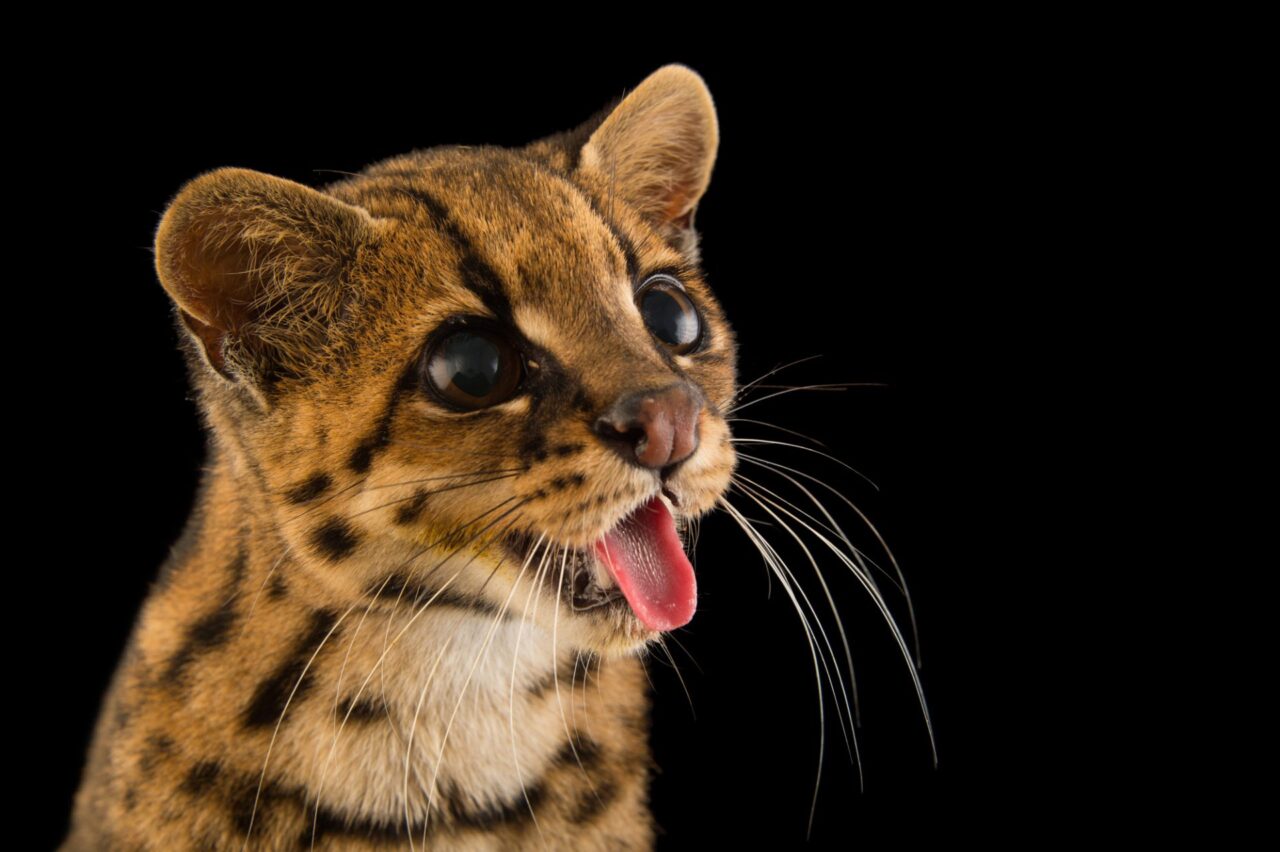📖 Table of Content:
- 1. A Miniature Leopard
- 2. Stealthy and Solitary
- 3. Nighttime Stalkers
- 4. Masters of Camouflage
- 5. Agile Climbers
- 6. A Diverse Diet
- 7. Small but Mighty
- 8. Silent Communicators
- 9. Shy and Elusive
- 10. Distinct from Margays and Ocelots
- 11. Threats in the Wild
- 12. Low Reproductive Rates
- 13. Protected by Law
- 14. Climate Sensitivity
- 15. A Species in Peril
Native to Central and South America, this small feline thrives in dense forests and mountainous regions, where it skillfully blends into its surroundings. Despite its resemblance to larger spotted cats like ocelots and margays, the oncilla has distinct features, including a more delicate build and longer legs. Its secretive nature makes it one of the least-studied wild cats, adding to its mystique and intrigue among wildlife enthusiasts.
This fascinating predator leads a mostly nocturnal lifestyle, hunting at night with remarkable stealth and agility. Its diet consists of small mammals, birds, reptiles, and even insects, demonstrating its adaptability as a hunter. Oncillas are also skilled climbers, using trees as both a hunting ground and a refuge from larger predators. Unlike domestic cats, they prefer solitude, rarely interacting with others except during mating season. Their quiet and independent nature allows them to survive in dense, undisturbed habitats where human presence is minimal.
Despite their resilience, oncillas face numerous threats that endanger their survival in the wild. Deforestation, illegal hunting, and the exotic pet trade have contributed to declining populations, pushing them toward Vulnerable status on the IUCN Red List. Climate change is also reducing their already limited habitat, forcing them to adapt to new environmental challenges. Conservation efforts are crucial to protecting these elusive cats, ensuring that their natural habitats remain intact. By raising awareness and supporting preservation initiatives, we can help secure a future for the oncilla and other small wild felines.
1. A Miniature Leopard
The oncilla, also known as Leopardus tigrinus, is often called a “mini leopard” due to its strikingly beautiful spotted coat. These spots, also known as rosettes, are reminiscent of those seen on larger wild cats, like leopards. Despite its size, the oncilla exhibits a majestic appearance that commands admiration. Its petite frame, however, sets it apart from its larger relatives. These cats weigh between 1.5 to 3 kilograms, making them one of the smaller members of the feline family. Their exquisite coat not only serves beauty but offers excellent camouflage within their natural habitat.
2. Stealthy and Solitary
Oncillas are inherently solitary creatures, preferring to avoid human contact as much as possible. Their stealthy nature aids in their survival, as they navigate the dense forests with remarkable discretion. Unlike some other feline species, oncillas do not form social groups, relying on their own skills to hunt and fend off threats. Their ability to move silently through the forest underbrush illustrates their prowess as stealthy hunters. While they are elusive, their solitary nature makes them intriguing subjects for those fortunate enough to observe them in the wild. This stealth is a key to their enigmatic lifestyles.
3. Nighttime Stalkers
As nocturnal hunters, oncillas are predominantly active during the night, when their excellent night vision comes into play. This adaptation allows them to track and hunt prey under the cover of darkness, giving them an edge over potential competitors. Their large, sensitive eyes are specially adapted to detect movement in low-light conditions, making them proficient nighttime stalkers. During the day, they often find secluded spots to rest, conserving energy for their nightly expeditions. This nighttime activity is not just about hunting; it also ensures they avoid larger predators, maintaining their safety through the cover of night.
4. Masters of Camouflage
Their fur, a beautiful blend of golden yellow covered with black rosettes, is perfectly designed for camouflage. This natural disguise allows them to remain concealed from both predators and prey within their dense forest habitats. The intricate patterns of their coats break up their outline, making it challenging to spot them amidst the foliage. This camouflage is essential for hunting, as it enables them to approach prey undetected. It’s not just predators they hide from; their ability to blend into their surroundings is crucial for evading human detection, preserving their rare and secretive nature.
5. Agile Climbers
While the oncilla is not as tree-dependent as some of its relatives, like the margay, it is nonetheless a skilled climber. Trees offer a strategic advantage, providing a vantage point to spot prey and a refuge from ground-based threats. Their agile bodies and sharp claws make them adept at navigating tree trunks and branches. This climbing ability is not solely for escape; it also plays a role in hunting, as they can pursue arboreal prey. In fact, their agility in trees is complemented by their prowess on the ground, making them versatile hunters within their diverse habitats.
6. A Diverse Diet
Oncillas boast a diverse diet, preying on a wide array of animals including rodents, birds, reptiles, amphibians, and even insects. This dietary flexibility is a testament to their adaptability in various environments. By not relying on a single food source, oncillas ensure their survival even when specific prey becomes scarce. Their ability to hunt a variety of creatures showcases their opportunistic hunting technique. This dietary diversity not only supports their nutritional needs but also highlights the complexity of their ecological role within their habitats. Their diet reflects their status as resourceful and adaptable predators.
7. Small but Mighty
Despite their small stature, weighing between 1.5 to 3 kilograms, oncillas are formidable hunters. Their size belies their capability, as they exhibit sharp reflexes and a fierce hunting drive. These small cats possess a remarkable agility that allows them to pounce on prey with precision. Their keen senses and quick reactions make them efficient hunters, often catching prey off guard. While they may not have the size advantage of larger felines, their hunting prowess ensures they are respected within their ecosystem. Their reputation as small but mighty predators is well-earned and continues to fascinate researchers.
8. Silent Communicators
Unlike more vocal cats, oncillas prefer these silent methods to convey messages to one another. This mode of communication is crucial for maintaining territories and avoiding unnecessary conflicts. Body language, such as tail positioning and posture, plays a significant role in their interactions. Scent marking, through specialized glands, helps them demarcate territory and signal reproduction readiness. This silent communication system enables them to navigate social structures while maintaining the stealth required for survival in the wild.
9. Shy and Elusive
The shy nature of these tiny elusive felines makes them incredibly difficult to study, as they masterfully evade detection. Their behavior is a survival strategy, reducing encounters with humans and potential predators. For researchers, catching a glimpse of an oncilla in its natural habitat is a rare and valuable occurrence. These cats’ preference for seclusion means that much of their behavior and lifestyle remains a mystery. The challenge of studying them only adds to the fascination they inspire among wildlife enthusiasts.
10. Distinct from Margays and Ocelots
Although oncillas resemble margays and ocelots, they possess distinct characteristics that set them apart. Oncillas have smaller bodies and longer legs, granting them a unique silhouette. Their hunting style also differs, as they rely more on stealth and less on arboreal pursuits compared to margays. These differences are adaptations to their specific environmental niches. While they share habitats and sometimes diet with these relatives, oncillas have carved out their own ecological role. Understanding these distinctions is vital for conservation efforts, ensuring that each species receives the tailored protection it requires. Their unique traits underscore their individuality.
11. Threats in the Wild
Habitat destruction due to logging and agriculture reduces their available living space, forcing them into smaller, fragmented areas. Poaching, driven by demand for their beautiful pelts, further endangers their numbers. Additionally, the illegal pet trade poses a threat, as capturing young oncillas disrupts their populations. Conservation efforts are crucial to mitigate these threats, focusing on habitat preservation and strict enforcement of wildlife protection laws. Addressing these challenges is essential to ensure the survival of this rare feline.
12. Low Reproductive Rates
Females typically birth only one or two kittens per litter. This small litter size contributes to their vulnerability, as population recovery is inherently slow. The survival of these offspring is critical to maintaining stable population levels, yet young oncillas face numerous threats from predators and environmental changes. This reproductive strategy, while ensuring better care for each kitten, limits their capacity to quickly rebound from population declines. Conservation efforts must account for these low rates, emphasizing habitat protection to support breeding success. Understanding their reproductive challenges is key to ensuring the future of oncilla populations.
13. Protected by Law
Protected under CITES Appendix I, the international trade of oncillas is heavily restricted to safeguard their survival. This legal framework is essential in addressing threats like poaching and the illegal pet trade, which have contributed to their declining population. By prohibiting cross-border commerce, these regulations help prevent the exploitation of oncillas for their valuable pelts and as exotic pets. However, enforcement alone is not enough; its success relies on strict implementation and increased public awareness. A well-rounded conservation approach must integrate legal protections with active on-the-ground efforts to ensure the long-term survival.
14. Climate Sensitivity
As temperatures rise, their suitable habitats shrink, forcing them to move to higher elevations or adapt to new conditions. This habitat reduction poses significant challenges to their survival, as they must compete with other species for limited resources. Climate change also affects prey availability, further impacting their ability to thrive. Conservation strategies must consider climate impacts, focusing on preserving and restoring habitats that can support oncilla populations. Addressing climate sensitivity is crucial for ensuring their continued existence in a rapidly changing world.
15. A Species in Peril
Due to habitat loss and human encroachment, oncillas are classified as Vulnerable on the IUCN Red List. This classification highlights the urgent need for conservation efforts to address these threats. Habitat fragmentation, driven by deforestation and urban expansion, isolates populations, reducing genetic diversity and increasing extinction risks. Effective conservation initiatives are critical, focusing on habitat connectivity and protection. Public awareness and support are also vital to drive policy changes and secure funding for these efforts. The plight of the oncilla underscores the broader challenges facing wildlife conservation, where human activities have profound impacts on biodiversity.
